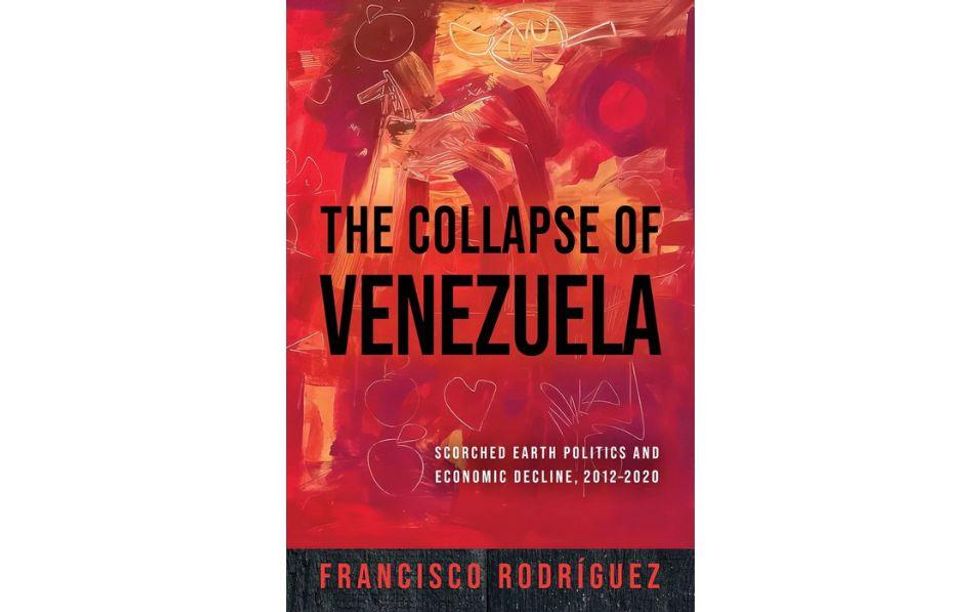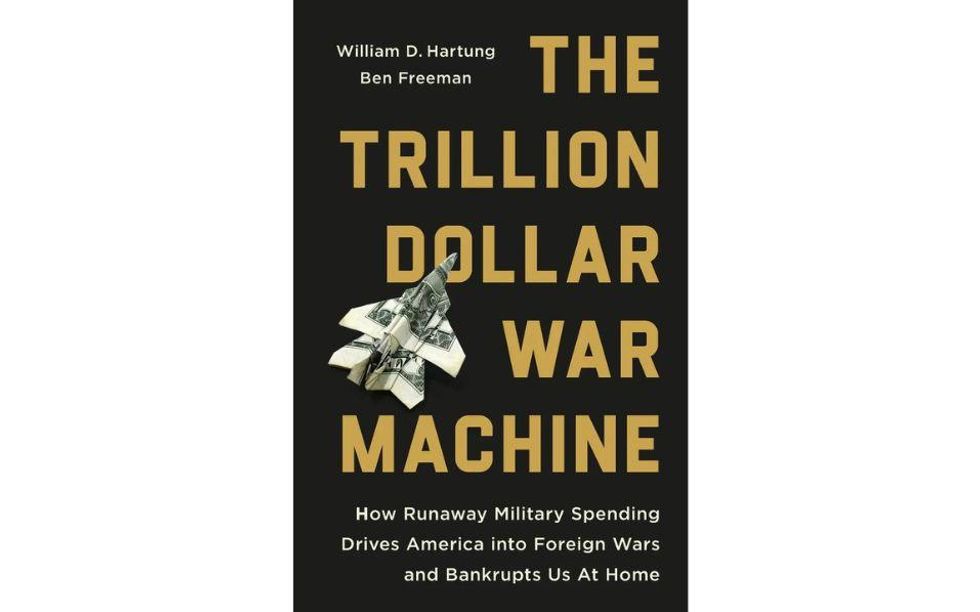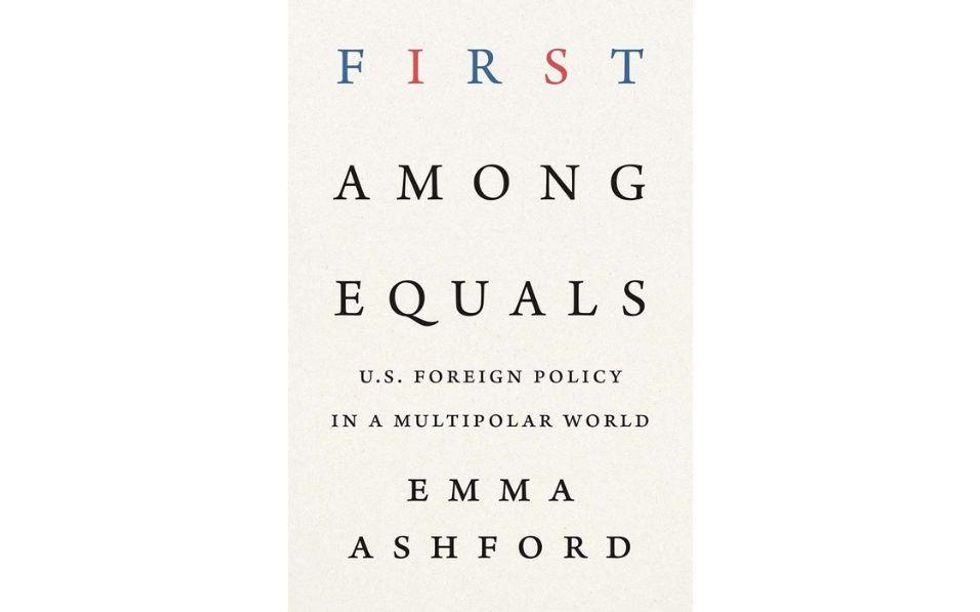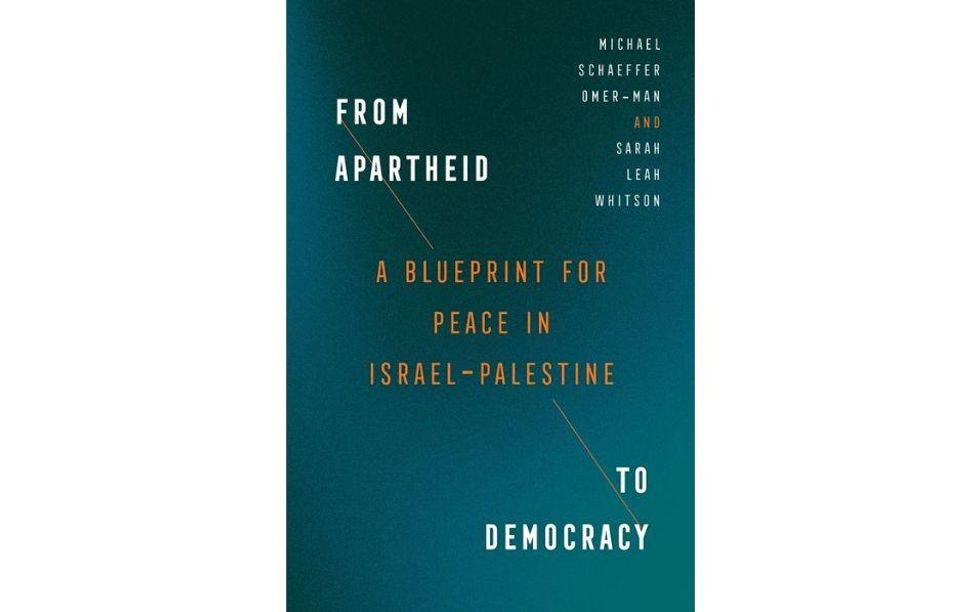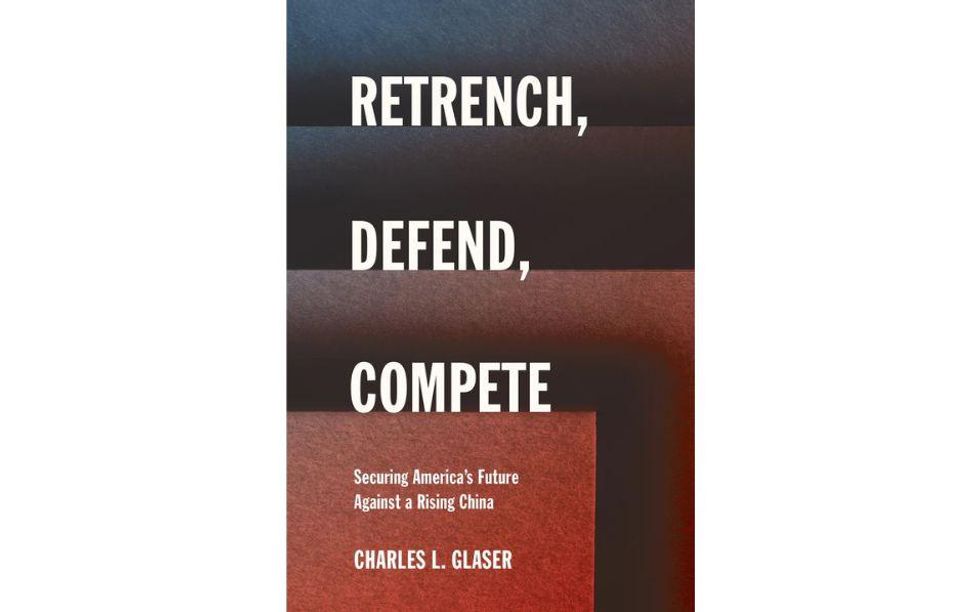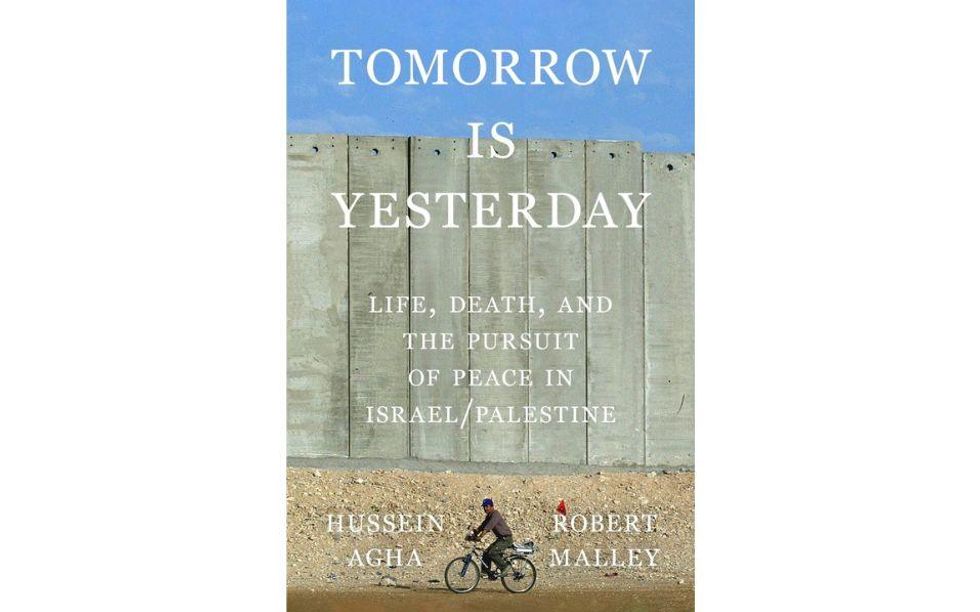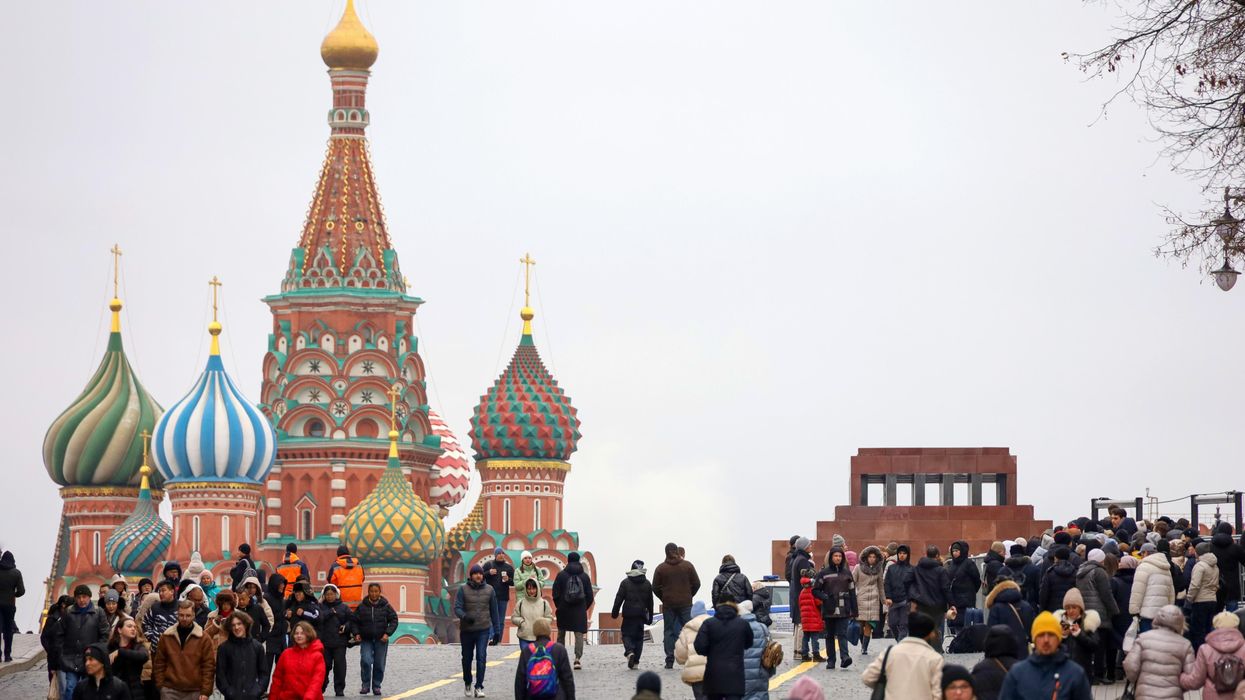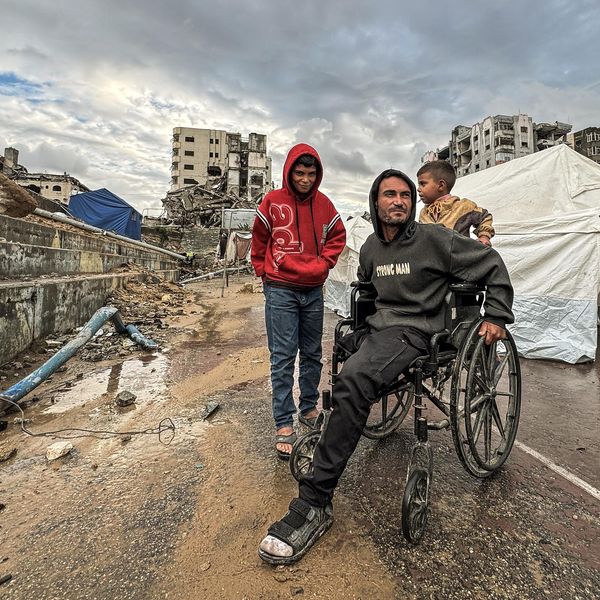Julia Masterson and Samuel Hickey of the Arms Control Association wrote in the Bulletin of the Atomic Scientists last month about a legal opinion circulating within the U.S. State Department arguing that the United States can unilaterally force the snapping back of U.N. sanctions on Iran, despite having withdrawn from the 2015 nuclear agreement known as the Joint Comprehensive Plan of Action (JCPOA) in May 2018.
This argument hangs on a claim that the United States is still a “JCPOA participant” because it is listed as such in paragraph 10 of the U.N. Security Council Resolution 2231 that provides for sanctions snapback.
The underlying idea is that, being listed as a “JCPOA participant,” the United States would be entitled to notify the Security Council of any issue that it believes “constitutes significant non-performance under the JCPOA.” Such a notification would lead to a situation in which the United States could exercise its veto to achieve the re-instatement of U.N. sanctions on Iran. In all probability this would lead to Iran withdrawing from the JCPOA and the Nuclear Non-Proliferation Treaty (NPT), creating opportunities for the United States to allege that Iran is developing nuclear weapons.
However, the claim that the United States is still a “JCPOA participant” seems dubious. It is a matter of fact that the United States lost that capacity (JCPOA participant) when it abandoned the JCPOA in May 2018. The drafters of Resolution 2231 intended “JCPOA participant” to be a statement of fact and not solely shorthand for the seven states/entities that were participants in July 2015.
It is also doubtful whether a JCPOA participant can notify the Security Council of another participant’s non-performance without having gone through the dispute resolution procedures specified in paragraph 36 of the agreement. Paragraph 10 of Resolution 2231 explicitly encourages JCPOA participants to resolve any issues arising with respect to implementation of JCPOA commitments through those procedures. Having repudiated the JCPOA the United States has no access to those procedures.
However, Security Council members wishing to thwart a U.S. bid to destroy the JCPOA could spare themselves reliance on such arguments by having recourse to Security Council procedures.
To lodge a non-performance notification, the United States would first need to have an appropriate item inscribed on the Security Council’s agenda. Security Council Report, an NGO dedicated to advancing the transparency and effectiveness of the U.N. Security Council, suggests that other members of the Council could demand a procedural vote on any such inscription request:
“Procedural votes became more frequent starting in December 2014 when a vote was taken on the adding of the situation in the Democratic People’s Republic of Korea to the Council agenda. Ten more procedural votes have been taken since, five of them on the adoption of the agenda for a meeting on an already existing item (as stated in rule 9 of the Council’s rules of procedure, the first item of the provisional agenda for each meeting of the Council shall be the adoption of the agenda). It has been the practice of the Council to adopt the agenda without a vote unless an objection is raised. If differences over the agenda cannot be worked out among Council members, they are resolved by a procedural vote. Five out of the 11 proposals put to a procedural vote between 2014 through March 2019 were rejected.”
The United States is without a veto in relation to Security Council decisions on procedural matters. Such decisions are made by an affirmative vote of nine members (paragraph 2 of Article 27 of the U.N. Charter).
If France and the United Kingdom were leading opposition to a U.S. bid — in order to preserve the JCPOA and frustrate a U.S. aspiration to kill it — could they reasonably expect to mobilize at least nine affirmative Council votes? During 2020 they could count on the votes of fellow JCPOA participants Germany, Russia, and China and of European Union members Belgium and Estonia. Among the remaining members — the Dominican Republic, Indonesia, Niger, Saint Vincent and the Grenadines, South Africa, Tunisia, and Vietnam — it would be surprising if they could not persuade at least two to join them, notwithstanding the likelihood of U.S. arm-twisting and promises of largesse.
Of course, it would be preferable for France, Germany, the U.K. and the EU High Representative (the E3/EU) to head off any such procedural bust-up with the United States. They could do so by spelling out privately to the Trump regime that they would oppose any U.S. attempt to exploit Resolution 2231 to achieve sanctions snap-back. The E3/EU record to date has been mixed where condemnation of and opposition to U.S. undermining of the JCPOA, exertion of “maximum pressure” on Iran, and disregard for the obligations created by Resolution 2231 have been concerned. On this issue they should stand their ground and signal commitment to the rules-based international order for which the Trump regime shows too little respect.





